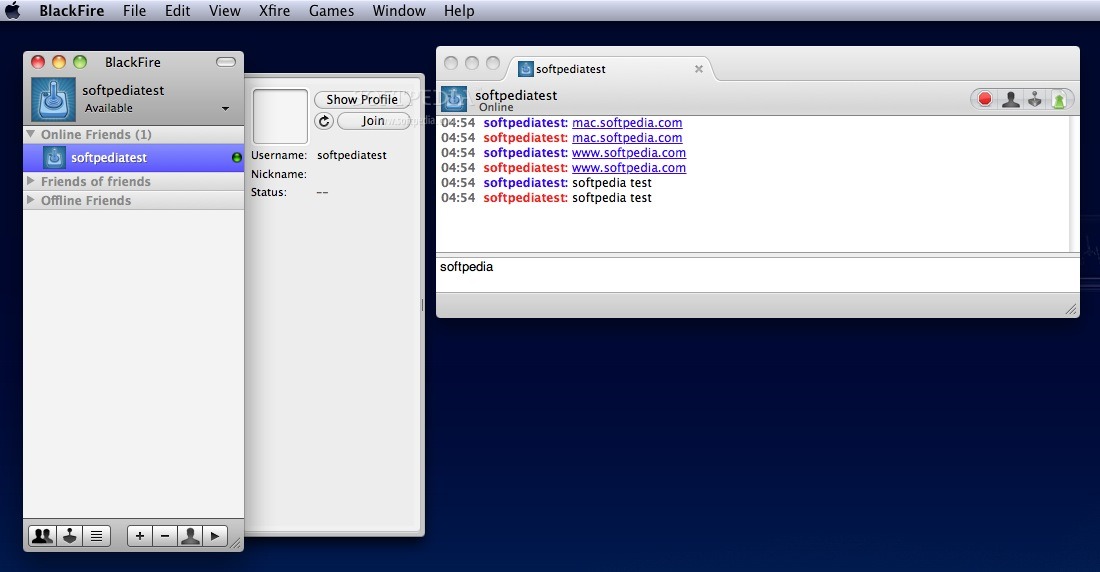You can remove Chrome from your computer (Windows, Mac, or Linux), or delete the Chrome app from your iPhone or iPad. Similar to previously featured OnyX for Mac, IceClean is multi-featured system optimization and maintenance tool which provides front-end for numerous Unix built-in system tasks. IceClean has been optimized for Mac Snow Leopard, offering all the basic and advance tools and maintenance functions to keep your system clean and safe from native conflicts which may disrupt core system functions. This chapter presents the Cisco IOS LAN Switching and Multilayer Switching commands. Clear mac-address-table To remove a specified address (or set of addresses) from the MAC address table, use the clear mac-address-table command in privileged EXEC mode. Cisco 2600 Series, Cisco 3600 Series, and Cisco 3700 Series Routers.
Your Mac can use Wireless Diagnostics to perform additional analysis. Quit any apps that are open, and, if possible. Hold down the Option key and choose Open Wireless Diagnostics from the Wi-Fi status menu. Enter your administrator name and password when prompted. Wireless Diagnostics begins analyzing your wireless environment: If the issue is intermittent, you can choose to: When you're ready to see recommendations, continue to the summary. Wireless Diagnostics asks for optional information about your base station or other router, so that it can include that in the. Click the info button next to each item in the summary to see details about that item.
Wi-Fi best practices are tips that apply to most Wi-Fi networks. Back up or make note of your network or router settings before changing them based on these recommendations—in case you need to use those settings again.

Clear Table Formatting
Your Mac can monitor your Wi-Fi connection for intermittent issues, such as dropped connections. Follow the steps to, but choose ”Monitor my Wi-Fi connection” when prompted. During monitoring, a window shows that monitoring is in progress. Monitoring continues as long as this window is open and you're on the same Wi-Fi network, even when your Mac is asleep. If Wireless Diagnostics finds an issue, it stops monitoring and shows a brief description of the issue. You can then resume monitoring or continue to the summary for details and recommendations. Wireless Diagnostics automatically saves a diagnostics report before it displays its summary.
Clear Table Formatting Excel
You can create the same report at any time by holding down the Option key and choosing Create Diagnostics Report from the Wi-Fi status menu. It can take your Mac several minutes to create the report. macOS Sierra saves the report to the /var/tmp folder of your startup drive, then opens that folder for you. To open the folder manually, choose Go Go to Folder from the Finder menu bar, then enter /var/tmp.
OS X El Capitan or earlier saves the report to your desktop. The report is a compressed file with a name that begins “WirelessDiagnostics.” It contains many files that describe your wireless environment in detail.
A network specialist can examine them for further analysis. Wireless Diagnostics includes additional utilities for network specialists.
Open them from the Windows menu in the Wireless Diagnostics menu bar:. Info gathers key details about your current network connections. Logs enables background logging for Wi-Fi and other system components. The result is saved to a.log file in the your Mac. Logging continues even when you quit the app or restart your Mac, so remember to disable logging when you're done. Scan finds Wi-Fi routers in your environment and gathers key details about them.
Performance uses live graphs to show the performance of your Wi-Fi connection:. Rate shows the transmit rate over time in megabits per second. Quality shows the signal-to-noise ratio over time. When the quality is too low, your device disconnects from the Wi-Fi router. Factors that affect quality include the distance between your device and the router, and objects such as walls that impede the signal from your router.
Signal shows both signal (RSSI) and noise measurements over time. You want RSSI to be high and noise to be low, so the bigger the gap between RSSI and noise, the better.
Sniffer captures traffic on your Wi-Fi connection, which can be useful when diagnosing a reproducible issue. Select a channel and width, then click Start to begin capturing traffic on that channel. When you click Stop, a.wcap file is saved to the on your Mac. Monitor is similar to the Performance utility, but displays a smaller window that includes one graph showing signal (RSSI) and noise measurements over time, and another graph showing transmit rate over time.